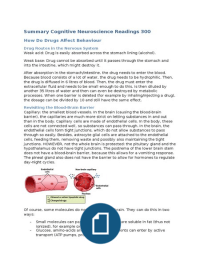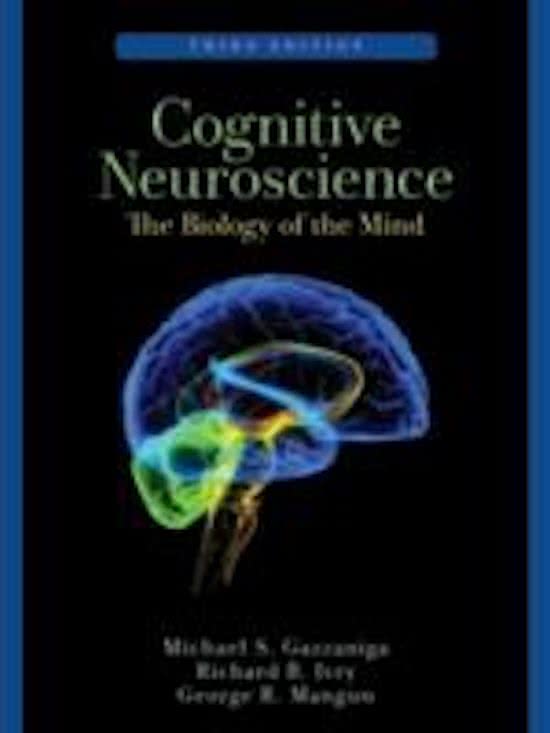Samenvatting
Summary Gazzaniga Ivry Mangun Cognitive Neuroscience Chapter 7, 9, 12, 13, 14 and Extra Reading
- Instelling
- Roosevelt Academy (UCR)
Chapter 7, 9, 12, 13, 14 (of 14: p. 605-523). Extra reading: How do drugs affect behavior, Emotion, Reasoning and Problem Solving, The Brain: The Mystery of Consciousness (Pinker), Neuroethics: The Ethical, Legal, and Societal Impact of Neuroscience (Martha J. Farah)
[Meer zien]





